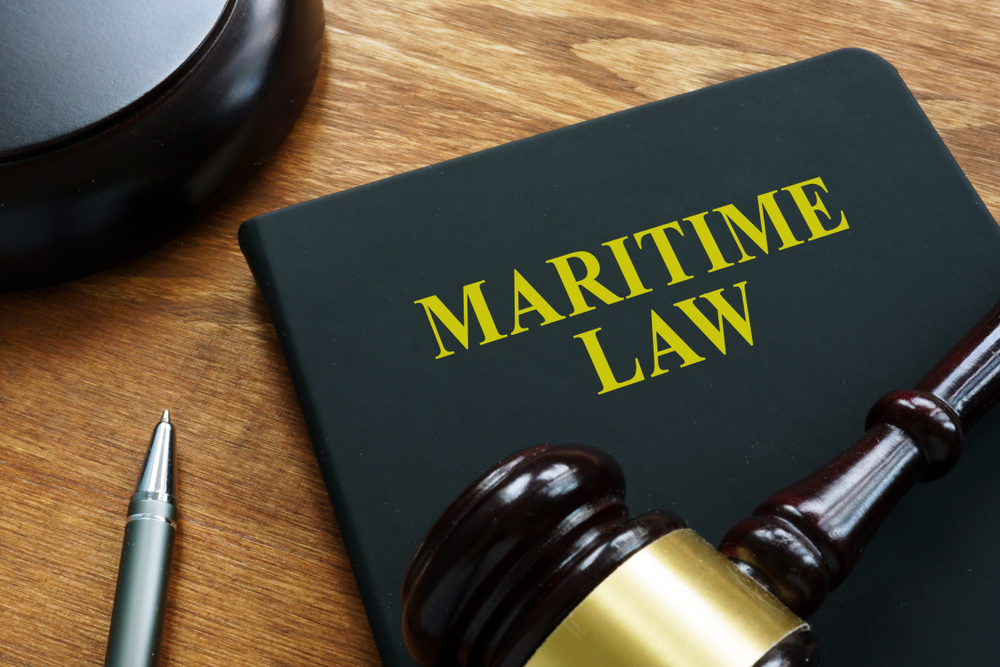
Many jobs that involve work on vessels have a greater risk of injury or accidents, sometimes due to weather, but also the type of work. In fact, the Centers for Disease Control and Prevention’s data shows that fatality rates in the water transportation industry are almost five times higher than that of all U.S. workers. While weather forecasting and safety measures have significantly advanced over the years, it’s impossible to be certain what crew will face when they set sail and perform these dangerous jobs.
In the aftermath of the Seacor Power lift boat accident on April 13, where and why the boat capsized are important factors to determine who’s liable and the level of damages paid to the surviving families and injured workers. The Death on the High Seas Act (DOHSA) and the Jones Act are two types of maritime law being used in lawsuits against those at fault for the Seacor tragedy.
Historically, bad weather has caused boats to capsize, sink, or be seriously damaged. Employee error, unsafe equipment, chemical hazards, long work hours, improper personal protective equipment, and other risks can also lead to accidents at sea. The result of these disasters could leave crew stranded, injured, or even dead. What follows is a lengthy investigation process and claims under maritime law.
Maritime law is complicated, and where and why the accident occurred determines the relevant legislation and types of lawsuits surviving family members may file. Depending on the case, workers injured in offshore accidents have different avenues to seek compensation for an injury’s physical, mental, and emotional impact.
The Seacor Power tragedy has shone a spotlight on the complicated and lengthy investigation process when maritime accidents occur in international waters. Finding and proving who’s at fault is not an easy process.
What is the Death on the High Seas Act?
The Death on the High Seas Act (DOHSA) exists for offshore accidents that happen more than three nautical miles from shore. Since the Seacor accident occurred about eight nautical miles from Port Fourchon, Louisiana, lawsuits under DOHSA may be filed by a spouse, parent, child or dependent of a crew member killed or presumed dead. These claims can hold the employer and vessel owner liable.
An important part of the Death on the High Seas Act is that one representative must be chosen to pursue any and all damages on behalf of family members and dependents. If damages are recovered through trial or a settlement, they are disbursed based on the deceased’s estate plan and/or state laws.
The Death on the High Seas Act also dictates the type of losses surviving family members may pursue. Pecuniary losses, which cover financial losses, may be sought, but emotional and mental damages for their suffering cannot be part of their claim(s). In addition, claims must be made within three years of the date of the accident.
Other Types of Maritime Law
Beyond the Death on the High Seas Act, there are generally three other types of maritime law for accidents at sea. Which legislation applies to offshore disasters depends on the type of job, type of work performed when the accident occurred, and location of the accident, among other factors.
General maritime law deems the owner of the boat is responsible for ensuring their vessel is seaworthy. Being seaworthy not only refers to the boat and equipment is in proper working order, but that the crew is adequately trained and supervised, and safety standards are met.
Unsafe working conditions on boats are far too common, creating greater risk to already high-risk professions. Another type of maritime law, the Jones Act, outlines a company’s responsibility to provide a safe working environment. In the case of the Seacor accident, the wife of a missing but presumed dead crew member has already filed a lawsuit citing violations of the Jones Act, among other offshore safety violations.
The Jones Act exists to ensure safety standards to prevent accidents on offshore vessels. Some of the safety measures companies must abide by include ensuring equipment is maintained, there aren’t hazards on board, safety gear is provided, and the crew is properly trained and experienced.
Injured workers must prove their employer is at fault when suing for violations of the Jones Act. Often, the employer tries to prove the injured employee was partly or fully responsible for the accident, which could affect the amount of compensation received.
Finally, not all maritime accidents occur at sea. Dockworkers who load and unload a ship’s cargo sometimes face unsafe conditions too. Maritime law protects them under the Longshore and Harbor Workers’ Compensation Act (LHWCA).
When a dockworker is injured, their employer must pay benefits regardless of fault. While the company is liable, compensation through the LHWCA is limited compared to general maritime law and the Jones Act, both of which dockworkers may not make claims.
Who’s at Fault for the Seacor Boat Accident?
An investigation by the National Transportation Safety Board (NTSB) is underway to determine who’s at fault for the Seacor accident, but it will take one to two years to complete. The NTSB will consider who made the decision to leave port, what the weather conditions were versus what was forecasted, and the state of the boat and its equipment.
While maritime investigations take significant time, lawsuits have already been filed by two families of deceased or presumed dead Seacor workers. Gross negligence and violations of federal maritime law are cited in the claims.
As the investigation continues, more lawsuits are expected to emerge. Experienced maritime law attorneys can help families and crew impacted by an offshore accident seek rightful financial compensation and damages.
Related: Louisiana Stands With The Families of Lost Seacor Maritime Workers
The experienced New Orleans offshore accident attorneys at Herman, Katz, Gisleson & Cain LLC are very familiar with maritime claims. Our firm was instrumental in the DEEPWATER HORIZON litigation. The DEEPWATER HORIZON catastrophe is widely considered to be the worst offshore maritime disaster in American history. Eleven offshore workers died, and many more were severely injured. Our firm led the charge to hold BP accountable for its gross failures that led to this tragic maritime accident.
If you or someone you know has been injured in an offshore accident, our experienced maritime injury lawyers can help. For more information or a free case consultation, contact us online or call us toll-free at 844-943-7626.

Jed Cain is a partner with Herman, Katz, Gisleson & Cain. He has dedicated his career to representing injured folks and their families.












Comments for this article are closed.